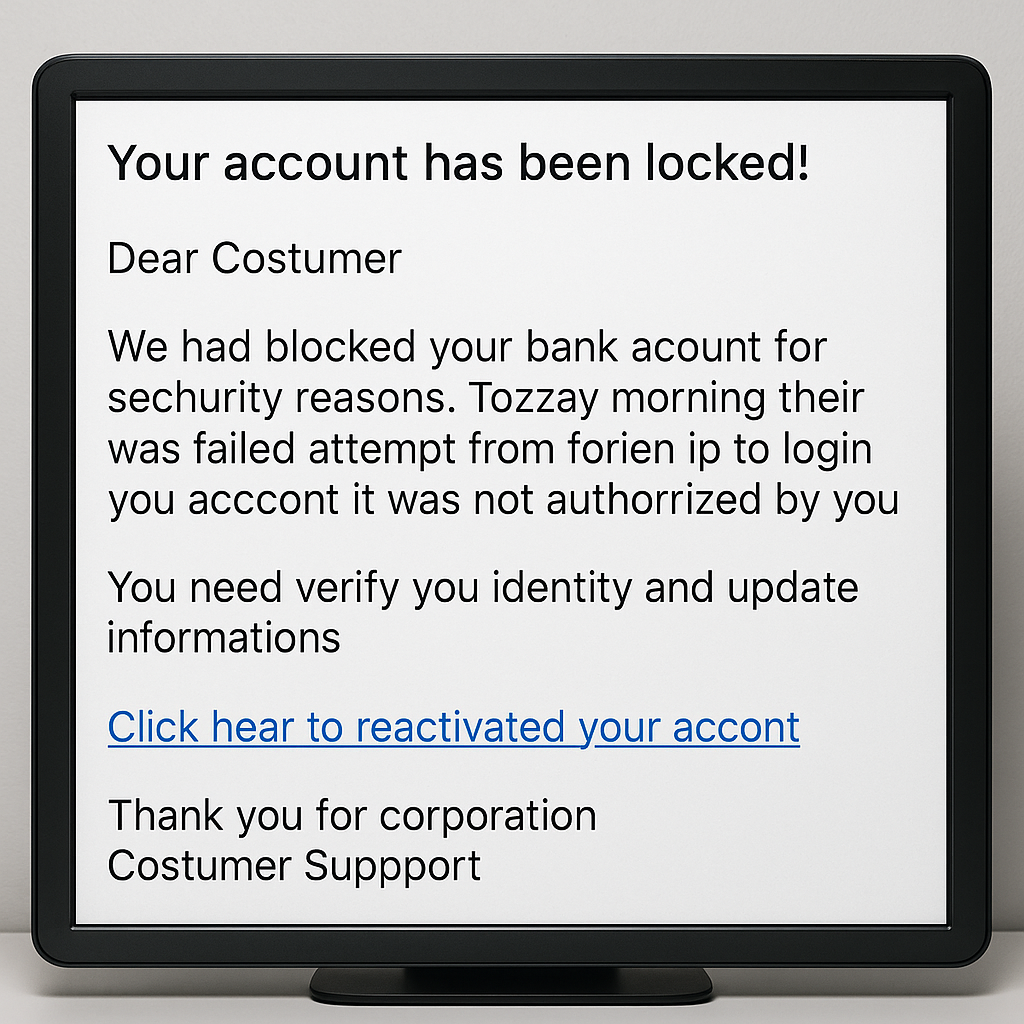If artificial intelligence were a family, spam bots would be the eccentric cousins who show up uninvited, talk endlessly, and leave everyone longing for a moment of peace. These digital devils are everywhere—popping into inboxes, hijacking comment sections, and sliding into your DMs with offers that make you wonder, “Who even falls for this?” But while their persistence is undeniable, one thing is certain: spam bots are the overachievers no one asked for. Seriously, someone give them a nap.
What Are Spam Bots?
Spam bots, short for "spam robots," are automated programs designed to send unsolicited messages or perform repetitive tasks on the internet. Think of them as the incessant telemarketers of the digital age, only worse because they don’t take lunch breaks. These bots are often created with malicious intent, aiming to promote scams, spread malware, or simply annoy the living daylights out of whoever crosses their path.
These pesky programs are especially adept at exploiting vulnerabilities in websites, email platforms, and social media networks. A single spam bot can send thousands—sometimes millions—of messages in a single day, targeting unsuspecting users across the globe. The endgame? To trick at least a small fraction of recipients into falling for their offers, whether it’s a phishing scam, fake product promotion, or an invitation to a "special" event that you definitely don’t want to attend.
But not all spam bots are the same. Some are basic, relying on generic templates and poorly constructed grammar to get their point across. Others are more advanced, mimicking human behavior in an attempt to bypass security filters. Regardless of their sophistication, one thing is clear: spam bots thrive on chaos, and their prime directive is to disrupt your digital peace of mind.
The Tireless Work Ethic of Spam Bots
Spam bots are nothing if not industrious. Unlike humans, who need sleep, food, and a Netflix binge to recharge, these bots operate 24/7, tirelessly bombarding the internet with their nonsense. It’s as if someone gave them an infinite supply of digital caffeine and a to-do list titled “Annoy Everyone. Forever.”
Imagine waking up to an inbox brimming with emails offering weight-loss pills, cryptocurrency schemes, or exclusive access to a concert that doesn’t exist. That’s the handiwork of spam bots, who somehow believe quantity trumps quality. What makes it worse is their uncanny ability to appear at the most inconvenient times—like when you’re waiting for that one important email, only to find it buried under an avalanche of junk.
And let’s not forget their adaptability. When one avenue of spamming is blocked, they quickly pivot to another. From email inboxes to social media direct messages, no digital corner is safe from their relentless pursuit of attention. Honestly, if spam bots redirected their work ethic toward solving world problems, we’d probably have flying cars by now.
Spam Bots: Masters of Low-Quality Content
One of the most endearing qualities of spam bots—if you can call it that—is their unparalleled talent for producing low-quality content. Have you ever seen a message so badly written you wondered if it was created by a random word generator? That’s the spam bot’s signature move.
Take, for instance, the infamous “Nigerian prince” email. Not only is the storyline absurd, but the grammar and spelling errors are so blatant that it’s almost charming. “I am Prince from Nigeria. I have $10 million USD, but bank not let me take. Please you help?” It’s hard to believe anyone would fall for it, yet here we are, decades later, with spam bots still clinging to this classic con like it’s their crowning achievement.
The creativity doesn’t stop there. Spam bots have been known to promote everything from miracle diets to alien technology that promises to grow your hair back overnight. Need a blender that doubles as a security camera? They’ve got you covered. Looking for an investment opportunity in a new cryptocurrency called “SpamCoin”? Just click the link—what could possibly go wrong?
Despite their laughable attempts at persuasion, spam bots occasionally strike gold with their outlandish offers. After all, it only takes one gullible click to make their relentless efforts worthwhile.
Comment Sections: Spam Bots’ Playground
If spam bots had a favorite hangout, it would undoubtedly be the comment sections of blogs, videos, and social media posts. Like uninvited guests at a wedding, they show up unannounced, disrupt the conversation, and leave a trail of irrelevant links in their wake.
Picture this: you’ve just posted a heartfelt article about climate change, and the first comment reads, “Great post! Buy cheap sunglasses at [spammy website].” It’s as if spam bots have a sixth sense for ruining meaningful discussions. And let’s not forget their uncanny ability to flatter. “Wow, this is the best blog I’ve ever read!” they gush, before dropping a link to a site selling dubious supplements.
Spam bots also excel at injecting hilarity into otherwise mundane comment threads. Their messages range from nonsensical gibberish to comically misplaced enthusiasm. While their intrusion is undoubtedly annoying, you can’t deny that they sometimes provide unintentional comic relief.
The Human Reaction: From Annoyance to Amusement
At first, spam bots are infuriating. Their incessant messages clog your inbox, derail conversations, and waste your time. But after a while, you start seeing the humor in their antics. How can you not laugh at the bot claiming you’ve won a Caribbean vacation when you haven’t even left your house in months?
Some people have even turned combating spam bots into a hobby. There are entire forums dedicated to trolling bots, responding to their messages with absurd requests or leading them on wild goose chases. While this doesn’t solve the problem, it does make dealing with spam bots a little more bearable.
In the end, spam bots are like that one overly enthusiastic coworker who tries too hard to sell you something during your lunch break. Annoying, yes, but also strangely entertaining if you pay attention long enough.
What Can Be Done?
The battle against spam bots is ongoing, but thankfully, there are tools to keep them at bay. Email filters, CAPTCHA systems, and anti-spam software are just a few of the weapons in our arsenal. These tools work tirelessly to separate the legitimate messages from the junk, giving us a fighting chance at maintaining our digital sanity.
However, spam bots are nothing if not persistent. Block one, and another emerges with a slightly altered approach. It’s a never-ending game of digital whack-a-mole. But staying vigilant and keeping your online defenses up can go a long way in minimizing their impact.
Spam Bots’ Secret: They’re Exhausted Too
Let’s pause for a moment and consider the plight of the spam bot. Imagine being programmed to do nothing but send the same poorly crafted messages day in and day out. No breaks, no recognition, and certainly no vacations. It’s a monotonous existence, even for a machine.
While it’s hard to feel sympathy for these digital nuisances, it’s amusing to think that they might secretly wish for a break. Perhaps, deep in their lines of code, they’re crying out for a chance to unplug and recharge. After all, even machines deserve a little downtime, right?
Conclusion: A Plea for Peace
Spam bots are the unwelcome guests of the internet, tirelessly spewing nonsense into our digital lives. While their antics can be frustrating, they also serve as a reminder of the quirky creativity that comes with technology. So the next time you encounter a spam bot, take a moment to laugh before hitting “delete.” And who knows? Maybe they just need a nap to finally leave us in peace.












